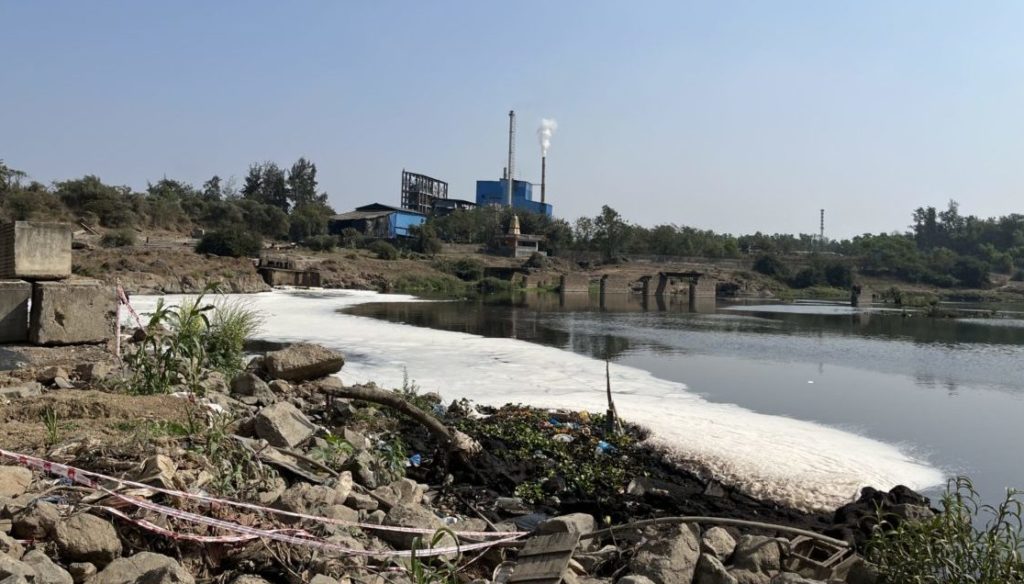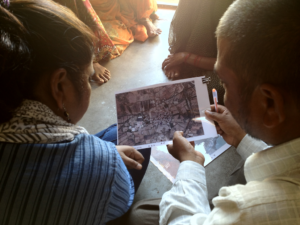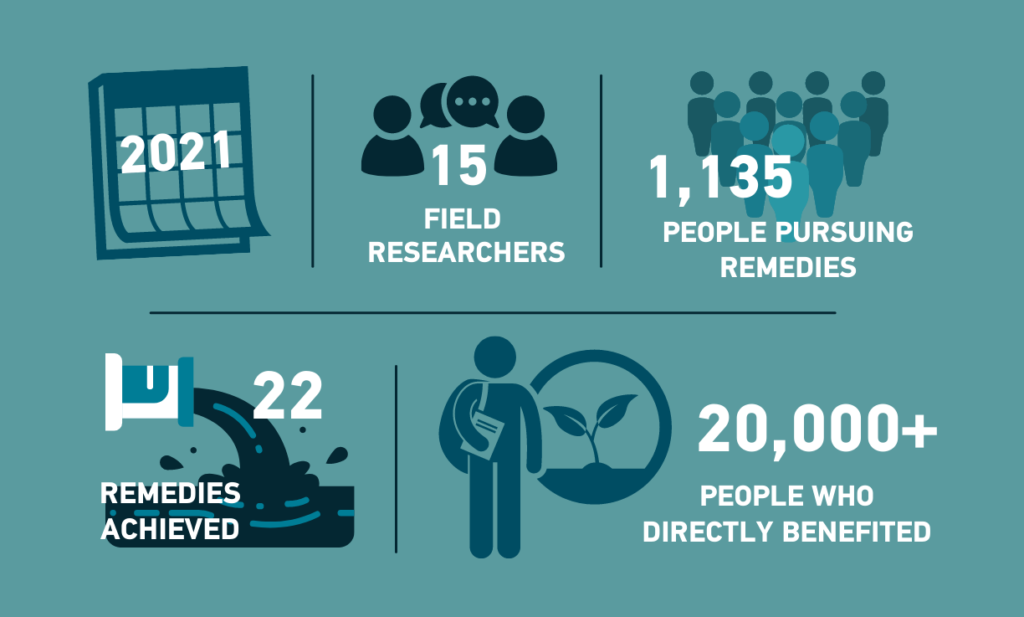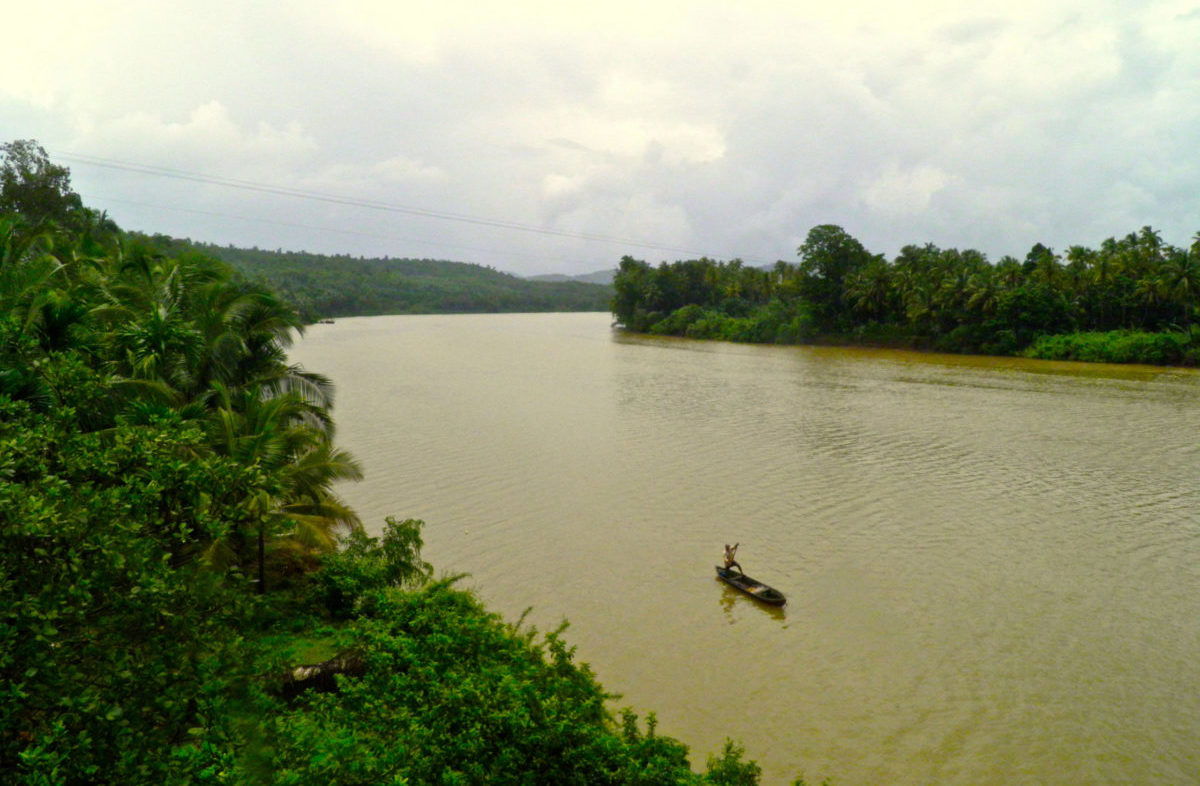In 2021, our researchers — despite the challenges caused by the COVID-19 pandemic — studied 100 complaint processes where affected communities engaged strategically with regulatory institutions, citing specific policies. They found that in 22 instances, communities secured concrete remedies, such as getting industrial units to use cleaner technology to reduce their pollution load, stopping toxic waste from being discharged into local rivers, and ensuring the clean-up and restoration of agricultural land damaged by fly-ash contamination. In 46 instances, the regulatory institutions responded to and jointly worked with the affected communities to investigate the issues raised. As a result of these participatory processes, the institutions were able to take appropriate remedial actions.

Discharge of industrial effluents in a river estuary on the Gujarat coast.
We also took a deeper look at instances where attempts to engage strategically with regulatory frameworks didn’t work. In 2021, communities approached pollution control boards about the impacts of environmental non-compliance at railway sidings. Sidings are critical transfer points in the mineral transportation network and can be responsible for severe localized pollution. If environmental regulations are not followed, thick mineral dust escapes during the loading and transferring of minerals and settles on nearby farms and communities, affecting visibility and potentially impacting crop production and residents’ health. Our research found that the pollution control boards do not view railway sidings as being integral parts of mineral transport projects and therefore regulate them very loosely. Our analyses and recommendations will be presented in a policy report in early 2022.
In April 2021, we had the opportunity to apply our research at a systems level when the Environment Ministry released a Draft Fly Ash Notification for public comments. Fly ash, which is generated by the burning of coal in power plants and other industries, can cause significant damage to land, water, air, crops, human and animal health due to its toxicity. Our researchers previously studied fly ash management in two districts of Chhattisgarh. We analyzed the draft notification through the lens of what we had learned and published a report that identifies the gaps in the existing methods of fly ash regulation in India.

A woman and man review an aerial photograph as part of their assessment of an industrial activity’s compliance with environmental regulations.
In 2022, we intend to deepen our understanding of the types and scale of environmental remedies that are achieved by the formal interactions between affected communities and regulatory institutions. We will also pursue opportunities to apply what we’ve learned to improve environmental regulation procedures in India and ensure better environmental and health outcomes for all.






